Background
Whiplash associated disorder (WAD) involves an injury to the neck. It is characterized by a collection of symptoms that occur following a sudden extension and flexion injury. The injury commonly occurs as the result of an automobile accident and may involve the intervertebral joints, discs, ligaments, cervical muscles, and nerve roots.
Symptoms such as neck pain, shoulder pain, arm pain, and headache may be present directly after the injury or may be delayed for several days. Other symptoms may include neck stiffness, muscle (myofascial) pain, dizziness, and abnormal sensations such as burning or tingling in the arms.
Diagnosis
Generally, physicians will employ a physical exam including a neurological exam, along with a patient’s history, to make a WAD diagnosis. Clinical signs of whiplash include spasms, tenderness, and limited range of motion of the neck.
Symptoms such as neck pain, shoulder pain, arm pain, and headache may be present directly after the injury or may be delayed for several days. Other symptoms may include neck stiffness, muscle (myofascial) pain, dizziness, and abnormal sensations such as burning or tingling in the arms.
Additional testing, (e.g., X-rays, MRI, and EMG/NCS) may be warranted in the diagnosis of a WAD; especially, if the patient presents with significant neurological signs.
Prognosis
Generally, the prognosis for a WAD is favorable. The neck and head pain often clears within a few days or weeks. Most patients, 85%, recover within 6 months after the injury, however, some may continue to have residual neck pain, neurological symptoms, and headaches.
Unfortunately, a small subset of people, 15-30%, continue to have pain for several months or years after the injury.
WAD progress through the following stages:
- Acute WAD: < 3 weeks
- Subacute WAD: ≥ 3 weeks to 3 months
- Chronic WAD: > 3 months
Treatment
At Pain Diagnostics and Interventional Care, we take a multimodal approach to treating WAD which may include physical therapy/chiropractic care, nonopioid medication management and minimally invasive interventions.
Treatment depends on the severity of the symptoms. If the symptoms are mild to moderate rest, ice/heat, and over-the-counter medications are often effective. If patients do not improve with conservative management strategies, then minimally invasive interventions may be employed such as cervical epidural steroid injections to help reduce nerve and tissue inflammation, cervical facet procedures (injections and radiofrequency ablation) to provide joint pain relief, and trigger point injections to help irritated muscles. Facet joints may be injured in WAD. In patients that have symptoms for greater than 6 months with confirmed facet pain, radiofrequency ablation maybe considered.
Contact form
Or just call (412) 221-7640 and we’ll do everything we can to help.
Across all review platforms
Dr. David Provenzano, a leading expert throughout the nation for treating patients who suffer daily from pain, uses advanced diagnostic techniques to assess the source of the pain and develop a comprehensive and safe treatment approach that can significantly reduce your pain.

